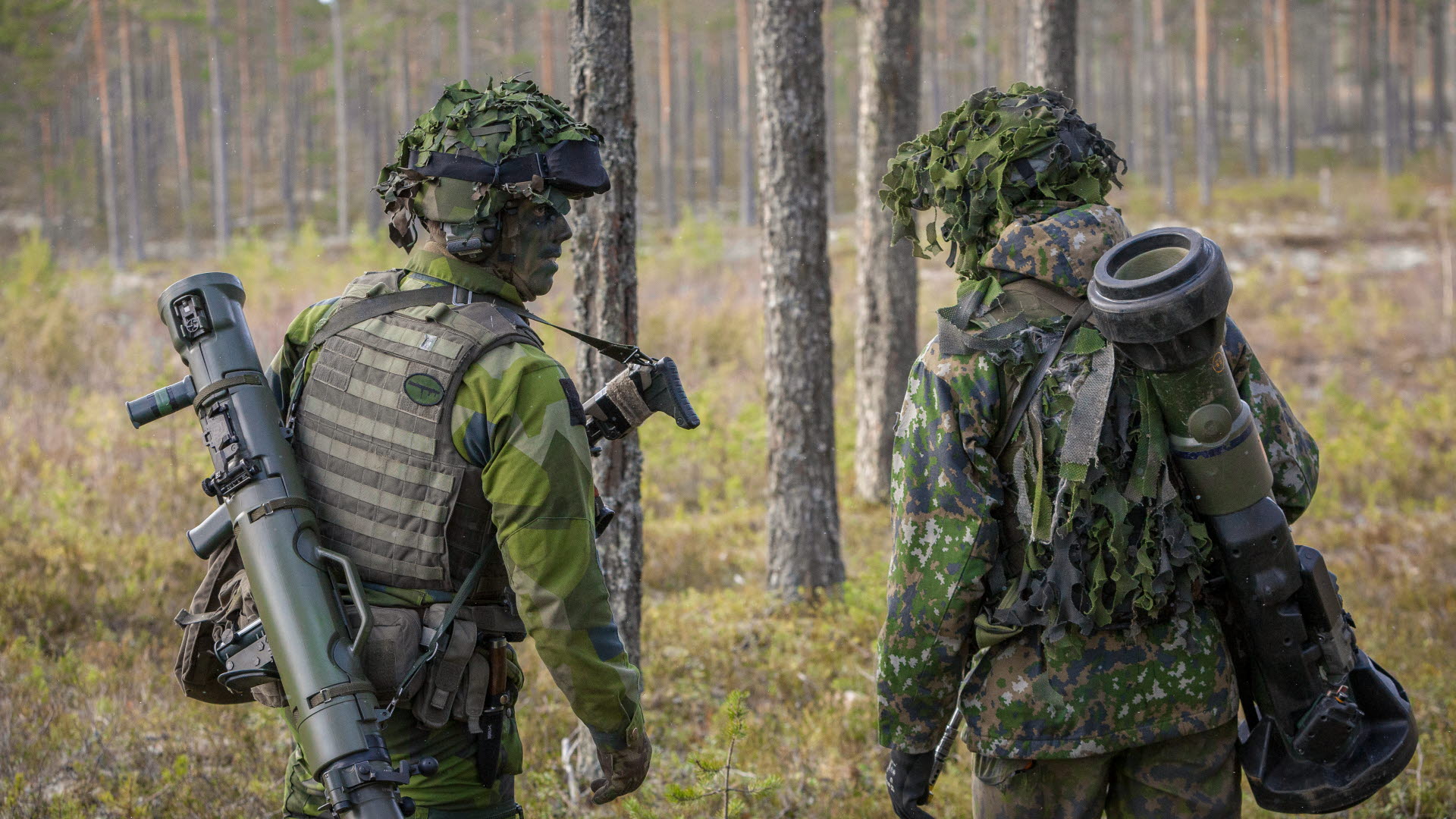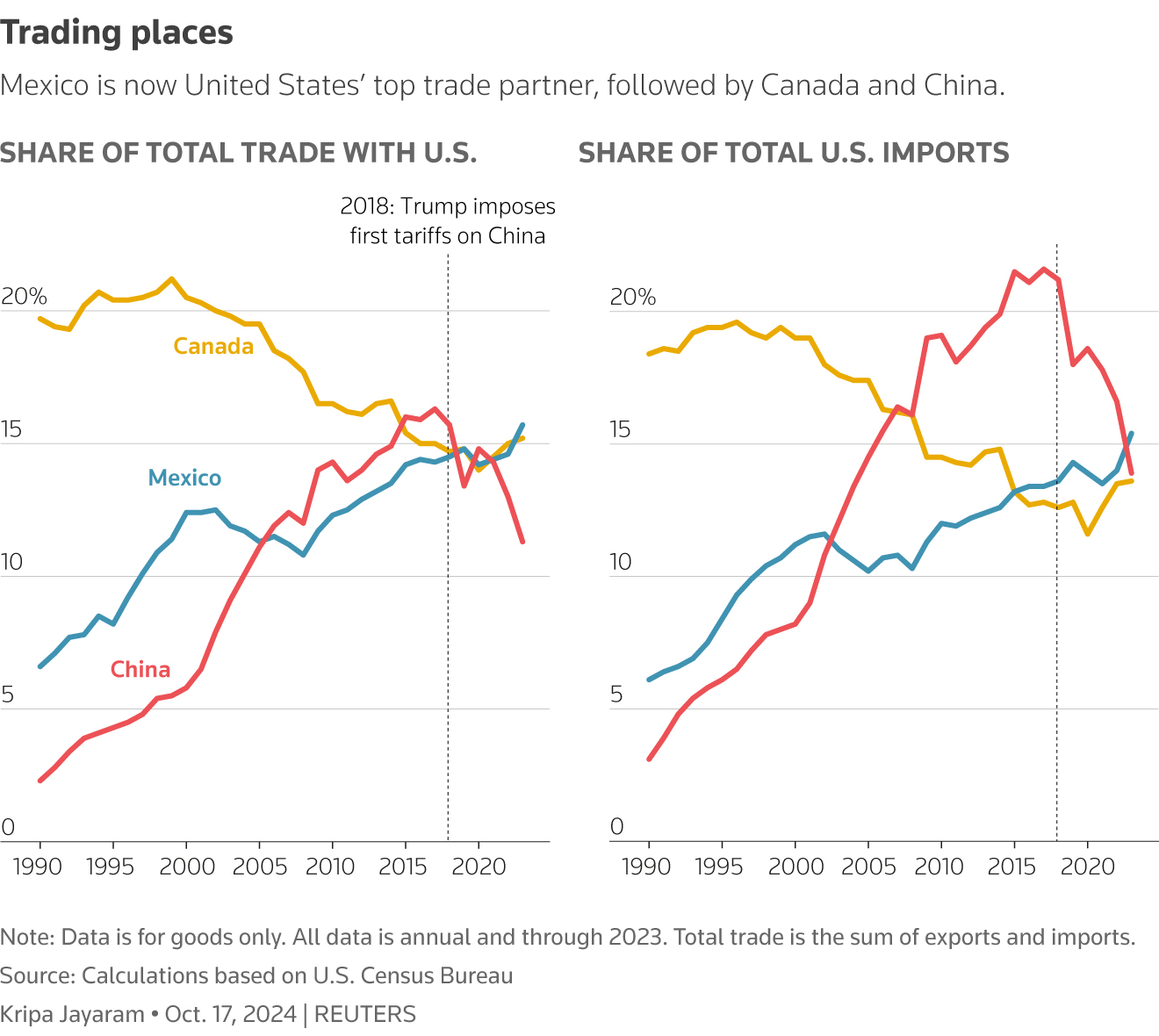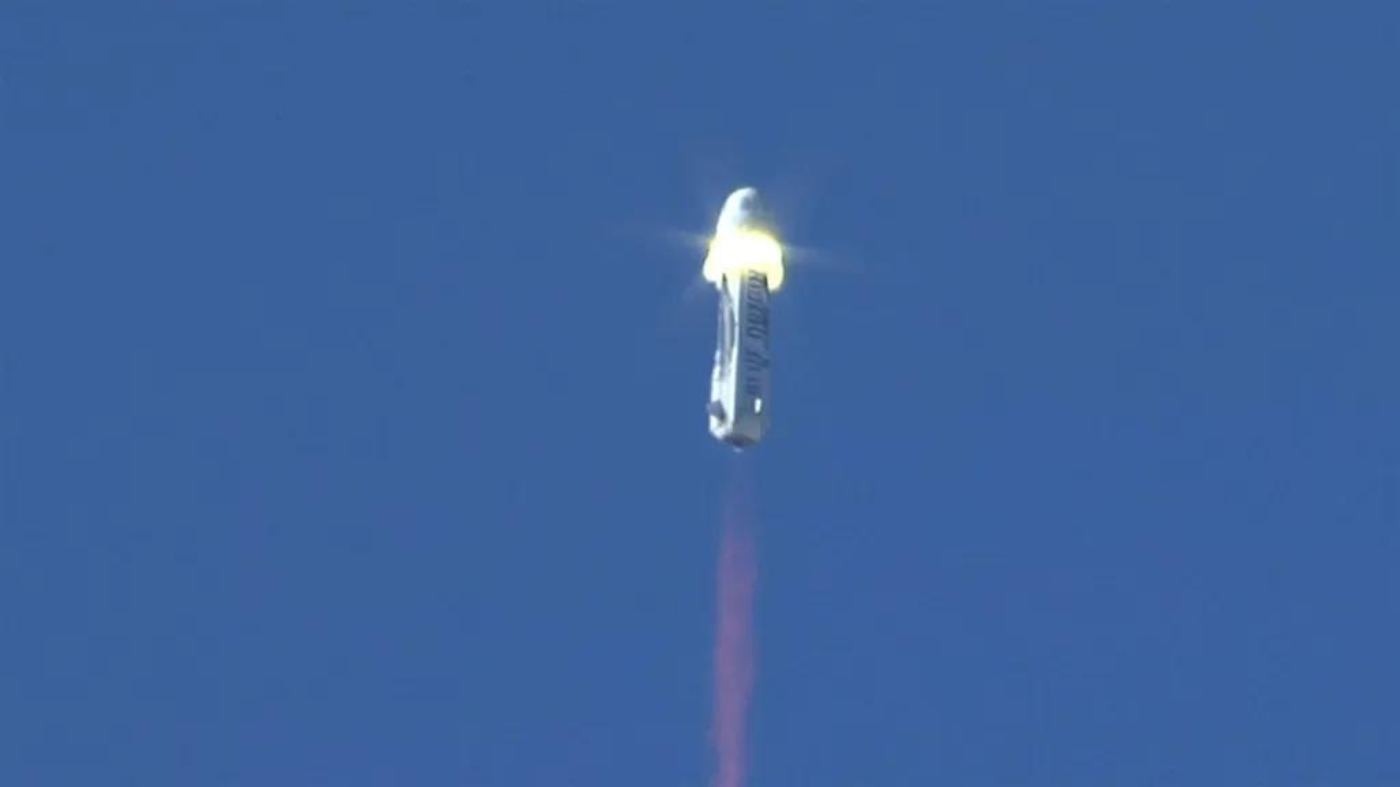Pan-Nordic Defense Cooperation: The Integration Of Swedish And Finnish Forces

Table of Contents
Historical Context: From Neutrality to NATO Membership
Sweden and Finland’s long-held neutrality, a policy rooted in their history and geography, served them well during the Cold War. However, the end of the Cold War didn't eliminate all security concerns. The changing geopolitical landscape in Europe, marked by increasing Russian assertiveness, created a new set of challenges. Russia's annexation of Crimea in 2014 and, more decisively, the 2022 invasion of Ukraine served as stark wake-up calls. These events demonstrated a clear and present danger, prompting both countries to abandon their traditional neutrality and apply for NATO membership.
- End of the Cold War and its impact on Nordic security: The collapse of the Soviet Union initially lessened tensions, but it also created power vacuums and uncertainties.
- Changing geopolitical landscape in Europe: The rise of revisionist powers and increased geopolitical instability destabilized the region.
- Russian aggression and its implications for Nordic countries: Russia's actions in Ukraine highlighted the vulnerability of even seemingly secure nations.
Military Integration: Challenges and Opportunities
Integrating the Swedish and Finnish militaries, two distinct forces with unique doctrines and equipment, presents considerable challenges. Harmonizing military procedures, standardizing equipment, and establishing joint command structures require significant effort and coordination. However, the potential for synergy and cooperation is immense.
- Differences in military doctrines and equipment: Addressing these differences is crucial for efficient interoperability.
- Establishment of joint command structures and training programs: This will ensure seamless cooperation during joint operations.
- Benefits of combined resources and expertise: Pooling resources will enhance overall capabilities and efficiency.
- Enhanced regional deterrence: A stronger, unified defense force acts as a powerful deterrent against potential aggression. This strengthened defense, facilitated by the integration, falls directly under the umbrella of Pan-Nordic defense cooperation.
Political Implications: Strengthening Nordic Security
The integration of Swedish and Finnish forces significantly strengthens regional security dynamics within the Nordic region. This development has substantial implications for other Nordic countries – Denmark, Norway, and Iceland – prompting them to further strengthen their own defense capabilities and explore avenues for enhanced collaboration. The potential for broader Pan-Nordic defense cooperation is increasingly evident.
- Strengthened deterrence against potential threats: A unified front presents a more formidable deterrent to potential adversaries.
- Increased regional stability and security: This integration contributes to a more secure and stable environment for all Nordic nations.
- Enhanced diplomatic influence within NATO and the EU: A unified voice carries more weight in international forums.
- Potential for wider Nordic defense collaboration: The success of Swedish-Finnish integration could serve as a model for broader Nordic cooperation.
Economic Aspects: Shared Resources and Investments
While military integration requires significant investment, there are also substantial economic benefits. Shared procurement of equipment and infrastructure can lead to significant cost savings. Furthermore, increased regional stability fostered by stronger defense cooperation contributes positively to the economic climate.
- Cost-effectiveness of joint military exercises and training: Sharing resources reduces individual country burdens.
- Shared investment in defense technology and infrastructure: Joint projects can lead to economies of scale.
- Economic benefits of increased regional stability and security: A more secure environment promotes economic growth and investment.
Conclusion: The Future of Pan-Nordic Defense Cooperation
The integration of Swedish and Finnish forces represents a landmark development in Pan-Nordic Defense Cooperation. This partnership dramatically enhances regional security and stability, offering significant benefits in terms of deterrence, resource sharing, and diplomatic influence. While challenges remain, the long-term advantages are considerable. Further research and discussion are crucial to understanding the evolving dynamics of Pan-Nordic defense cooperation and its impact on the future security of the Nordic region. We encourage you to explore further resources on this critical geopolitical development to deepen your understanding of this increasingly vital topic.

Featured Posts
-
 Anchor Brewing Companys Legacy Reflecting On 127 Years Of Brewing
Apr 22, 2025
Anchor Brewing Companys Legacy Reflecting On 127 Years Of Brewing
Apr 22, 2025 -
 Tariffs And China The Impact On Export Driven Economy
Apr 22, 2025
Tariffs And China The Impact On Export Driven Economy
Apr 22, 2025 -
 Stock Market Pain Investors Brace For Further Losses
Apr 22, 2025
Stock Market Pain Investors Brace For Further Losses
Apr 22, 2025 -
 Googles Search Monopoly Doj Returns To Court
Apr 22, 2025
Googles Search Monopoly Doj Returns To Court
Apr 22, 2025 -
 Blue Origin Scraps Rocket Launch Due To Technical Issue
Apr 22, 2025
Blue Origin Scraps Rocket Launch Due To Technical Issue
Apr 22, 2025
